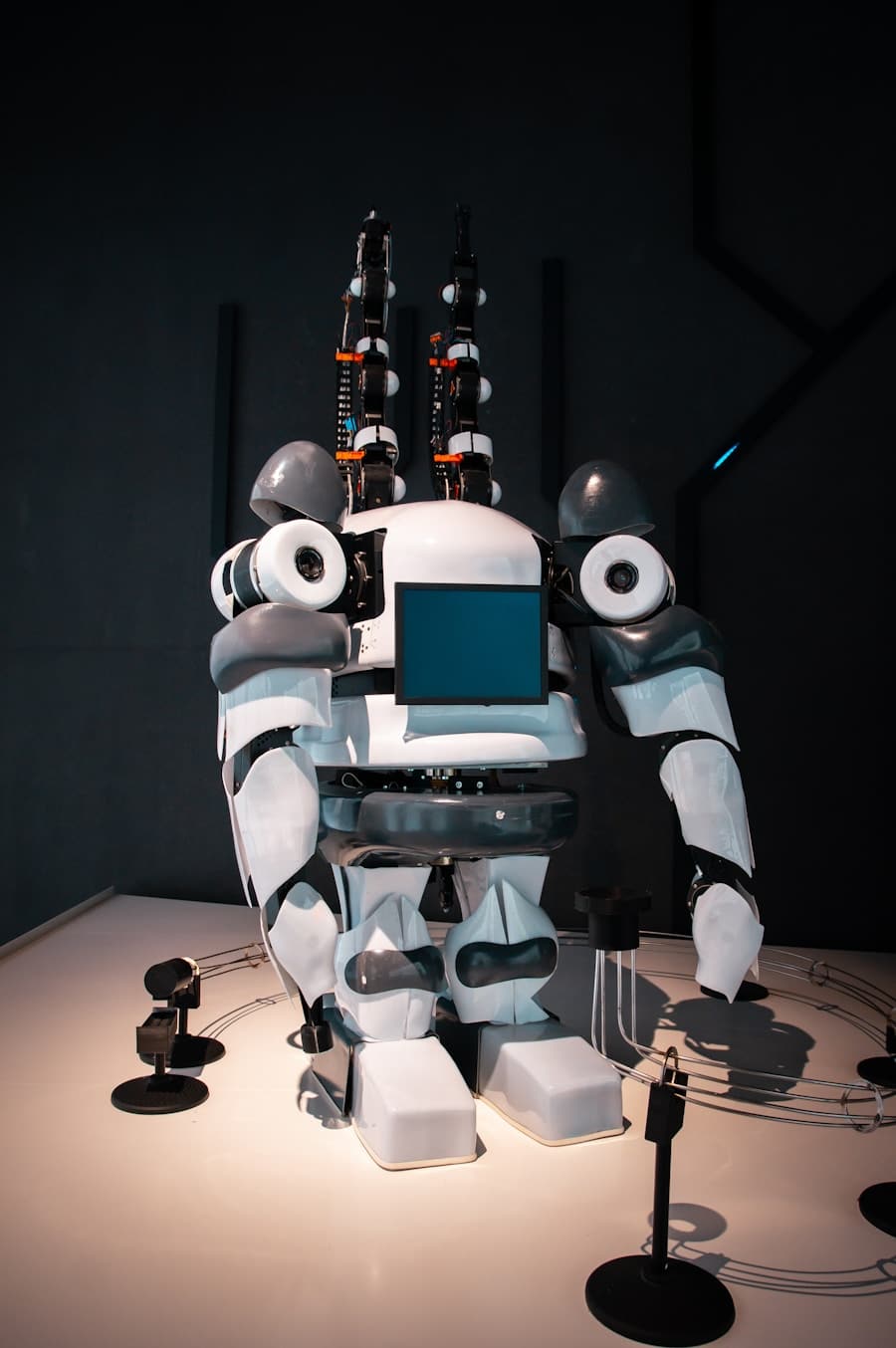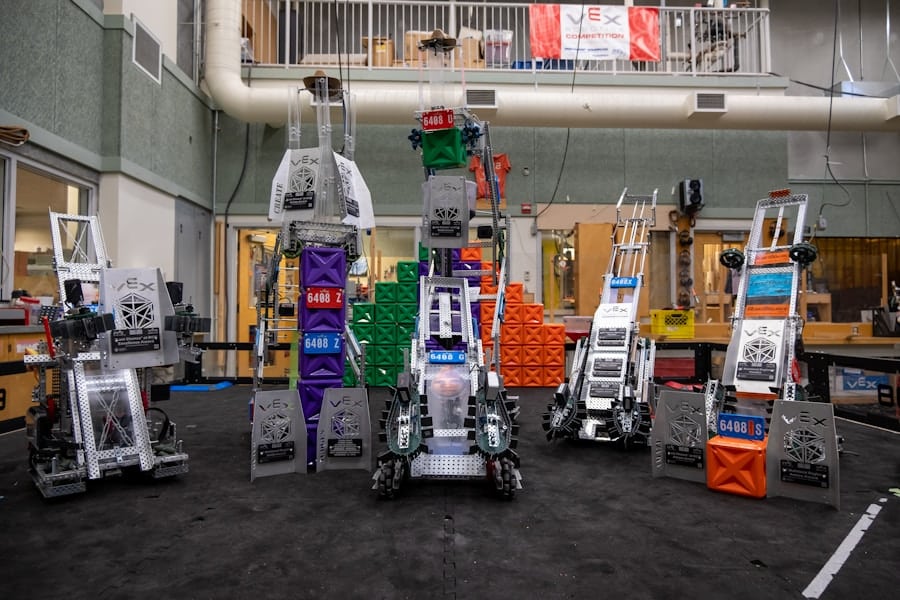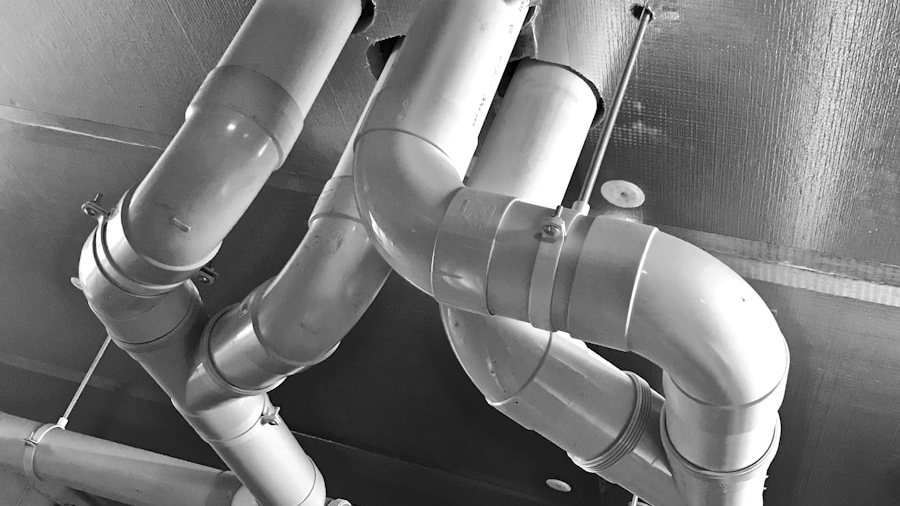Multi-robot systems (MRS) represent a significant advancement in the field of robotics, where multiple autonomous robots collaborate to achieve a common goal. These systems are designed to perform tasks that are often too complex or time-consuming for a single robot to handle efficiently. The integration of multiple robots allows for parallel processing, increased coverage of an area, and enhanced problem-solving capabilities.
Applications of MRS span various domains, including industrial automation, search and rescue operations, environmental monitoring, and even entertainment. The ability of these robots to work together harmoniously is crucial for maximizing their effectiveness and efficiency. The concept of multi-robot systems is not merely about deploying several robots in a shared environment; it involves intricate coordination and communication among the robots.
Each robot must be able to perceive its surroundings, make decisions based on that information, and execute actions that contribute to the overall mission. This necessitates sophisticated algorithms and frameworks that enable robots to share information, negotiate tasks, and adapt to dynamic environments. As technology continues to advance, the potential applications for MRS are expanding, leading to increased interest from researchers and industries alike.
Key Takeaways
- Multi-robot systems involve the coordination of multiple robots to achieve a common goal, and AI plays a crucial role in enabling effective coordination.
- The evolution of AI in robotics has led to significant advancements in the capabilities of multi-robot systems, allowing for more complex and efficient coordination.
- AI’s role in coordinating multi-robot systems includes task allocation, path planning, and communication management, leading to improved overall system performance.
- Advantages of using AI in multi-robot coordination include increased efficiency, adaptability to dynamic environments, and the ability to handle complex tasks.
- Challenges and limitations of AI in multi-robot coordination include issues related to scalability, communication, and the potential for algorithmic biases.
The Evolution of AI in Robotics
Artificial intelligence (AI) has undergone a remarkable transformation since its inception, evolving from simple rule-based systems to complex machine learning algorithms capable of making autonomous decisions. In the early days of robotics, AI was primarily used for basic tasks such as navigation and obstacle avoidance. These systems relied heavily on pre-programmed instructions and lacked the ability to learn from their experiences.
However, as computational power increased and data availability expanded, the field of AI began to incorporate more sophisticated techniques, such as neural networks and reinforcement learning. The integration of AI into robotics has significantly enhanced the capabilities of robots, allowing them to perform tasks that require higher levels of cognition. For instance, modern robots can now recognize objects, understand natural language commands, and even engage in social interactions with humans.
This evolution has paved the way for the development of multi-robot systems that leverage AI to coordinate their actions effectively. By utilizing advanced algorithms, these robots can learn from their environment, adapt to changes, and optimize their performance over time. The synergy between AI and robotics has opened new avenues for research and application, making it a pivotal area of study in contemporary technology.
AI’s Role in Coordinating Multi-Robot Systems

AI plays a critical role in the coordination of multi-robot systems by enabling effective communication and collaboration among robots. One of the primary challenges in MRS is ensuring that each robot understands its role within the team and can adjust its actions based on the behavior of other robots. AI algorithms facilitate this process by allowing robots to share information about their status, intentions, and environmental conditions.
For example, through techniques such as distributed consensus algorithms, robots can reach agreements on task assignments or resource allocations without relying on a central controller. Moreover, AI enhances the decision-making capabilities of individual robots within a multi-robot system. By employing machine learning techniques, robots can analyze past experiences and learn optimal strategies for task execution.
This is particularly important in dynamic environments where conditions may change rapidly. For instance, in a search and rescue operation, robots must adapt their strategies based on real-time feedback from their sensors and the actions of other team members. AI enables this adaptability by providing robots with the tools to assess their surroundings and make informed decisions that contribute to the overall mission success.
Advantages of Using AI in Multi-Robot Coordination
The incorporation of AI into multi-robot coordination offers numerous advantages that enhance the overall performance and efficiency of robotic systems. One significant benefit is improved scalability. As the number of robots in a system increases, traditional coordination methods often become cumbersome and inefficient.
However, AI-driven approaches can scale more effectively by allowing robots to operate semi-autonomously while still maintaining a cohesive team dynamic. This scalability is particularly beneficial in applications such as agricultural monitoring or environmental surveying, where large areas need to be covered efficiently. Another advantage is the ability to optimize resource utilization.
In many scenarios, multi-robot systems must manage limited resources such as energy or time. AI algorithms can analyze various factors, including task priorities and environmental conditions, to allocate resources optimally among robots. For instance, in a warehouse setting where multiple robots are tasked with picking items for shipment, AI can determine which robot should handle specific tasks based on its current energy levels and proximity to the items.
This optimization leads to reduced operational costs and increased productivity.
Challenges and Limitations of AI in Multi-Robot Coordination
Despite the numerous advantages offered by AI in multi-robot coordination, several challenges and limitations persist that researchers must address. One major challenge is ensuring robust communication among robots. In environments with high levels of noise or interference, maintaining reliable communication channels can be difficult.
If robots cannot effectively share information or coordinate their actions due to communication failures, it can lead to inefficiencies or even mission failure. Additionally, the complexity of coordinating multiple robots increases exponentially with the number of agents involved. As more robots are added to a system, the potential interactions between them grow significantly, leading to challenges in managing conflicts and ensuring cooperation.
Developing algorithms that can handle this complexity while remaining computationally efficient is an ongoing area of research. Furthermore, there is a need for standardized protocols that facilitate interoperability among different robotic systems, which is essential for enabling collaboration across diverse platforms.
Case Studies of Successful AI-coordinated Multi-Robot Systems

Several case studies illustrate the successful application of AI-coordinated multi-robot systems across various industries. One notable example is the use of multi-robot teams in agricultural settings for crop monitoring and harvesting. Researchers have developed systems where autonomous drones equipped with AI algorithms work alongside ground-based robots to monitor crop health and optimize harvesting schedules.
These drones can analyze aerial imagery using machine learning techniques to identify areas requiring attention while ground robots execute precise harvesting tasks based on real-time data. Another compelling case study involves the deployment of multi-robot systems in disaster response scenarios. During natural disasters such as earthquakes or floods, teams of autonomous ground vehicles and aerial drones have been utilized to conduct search and rescue operations.
These robots are equipped with advanced sensors and AI algorithms that allow them to navigate challenging terrains while coordinating their efforts to cover large areas efficiently. By sharing information about detected victims or hazardous conditions, these robots can adapt their strategies dynamically, significantly improving response times and saving lives.
Future Developments and Trends in AI-coordinated Multi-Robot Systems
The future of AI-coordinated multi-robot systems is poised for exciting developments driven by advancements in technology and research. One emerging trend is the integration of edge computing into robotic systems. By processing data closer to where it is generated—on the robot itself—edge computing can reduce latency and improve real-time decision-making capabilities.
This will be particularly beneficial for applications requiring immediate responses, such as autonomous vehicles navigating busy urban environments or drones conducting surveillance missions. Another promising direction is the exploration of human-robot collaboration within multi-robot systems. As robots become more capable of understanding human intentions and preferences through natural language processing and machine learning techniques, we can expect more seamless interactions between humans and robotic teams.
This collaboration could lead to enhanced productivity in various sectors, including manufacturing and healthcare, where human workers can leverage robotic assistance for complex tasks while maintaining oversight.
Ethical and Social Implications of AI-coordinated Multi-Robot Systems
As multi-robot systems become increasingly integrated into society, ethical and social implications must be carefully considered. One significant concern revolves around job displacement due to automation.
Policymakers must address these challenges by developing strategies that promote workforce retraining and ensure equitable access to new job opportunities created by technological advancements. Additionally, issues related to privacy and surveillance arise with the deployment of multi-robot systems equipped with advanced sensing capabilities. For instance, drones used for monitoring public spaces may inadvertently infringe on individuals’ privacy rights if not regulated appropriately.
Establishing clear guidelines regarding data collection, storage, and usage will be essential in mitigating these concerns while fostering public trust in robotic technologies. In conclusion, while multi-robot systems offer tremendous potential for enhancing efficiency across various domains through AI coordination, it is imperative that we navigate the associated ethical considerations thoughtfully as we move forward into an increasingly automated future.
In a related article discussing the importance of AI in optimizing content for SEO and NLP, NeuronWriter is highlighted as a tool to boost the effectiveness of written material. This article, Boost Your Content with NeuronWriter SEO NLP Optimization, emphasizes the role of artificial intelligence in enhancing the visibility and relevance of online content. Just as AI plays a crucial role in coordinating multi-robot systems, it also proves to be invaluable in improving the performance of written content for digital platforms.
FAQs
What is the role of AI in coordinating multi-robot systems?
AI plays a crucial role in coordinating multi-robot systems by enabling the robots to communicate, collaborate, and make decisions autonomously.
How does AI enable robots to communicate and collaborate in a multi-robot system?
AI algorithms allow robots to share information, coordinate their actions, and avoid collisions by analyzing sensor data and making real-time decisions.
What are the benefits of using AI in coordinating multi-robot systems?
Using AI in coordinating multi-robot systems can lead to improved efficiency, increased productivity, and enhanced adaptability in dynamic environments.
What are some examples of AI techniques used in coordinating multi-robot systems?
Examples of AI techniques used in coordinating multi-robot systems include swarm intelligence, reinforcement learning, and distributed decision-making algorithms.
How does AI contribute to the adaptability of multi-robot systems in dynamic environments?
AI enables multi-robot systems to adapt to changing conditions by continuously analyzing sensor data, predicting future events, and adjusting their behavior accordingly.

